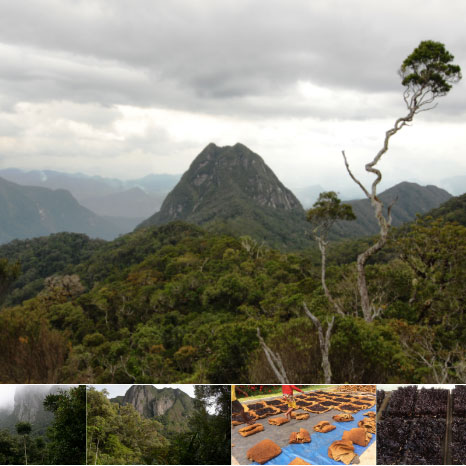-
Madagascar Cacao Beans
Single Origin
CONTACT US FOR PRIVATE PRICING – MINIMUM VANILLA ORDER OF $7000 (LIQUIDS) or $2000 (SOLIDS)$1
Out of stock
Contact
Description
Buy Madagascar Cacao Beans online direct from Ambanja Madagascar.
MVC’s cacao supplier (for all collaborations between chocolate and vanilla) is the Malagasy who won the international cocoa excellence in 2019
Country: Mangabe, Tranokarany, Ambanja – Madagascar
Area: 76ha + 10Ha and possibility of purchasing wet cocoa from other producers (Small)
Feature: criollo – Forastero – Trinitario
Fermentation method: in a black wood fermentation tank for 6 days
Duration of fermentation: 6 days including
– 1st brewing in 48 hours
– 2nd brewing in 48 hours
– 3rd brewing in 48 hours
Agitation: 48/48/48 hours
How it’s dried: outdoor drying in the sun
Duration of drying:
– During wet season: 9 days depending on the sun
– During dry season: 5 days ( from 07.30am to 02.00pm )
Moisture content: less than or equal 8
Triage: by hand
Certification: organic AND fairtrade
Flavour: depending on the type of cocoa (criollo, forastero, Trinitario)
Capacity of supply:
– From September to January: 20T/month
– From February to August: 4T/month
Best Before date: max 2 years
It is only around the S Valley near Ambanja where cacao is produced in Madagascar. This is where you find ALL of it.
Our cacao exporter entity was audited by Ecocert for the BIO EOS and NOP certification then the BIO JASS training for ylang essential oils and agriculture products.
The qualities of cocoa depends on polinization and the setting and soil and growing practices, much like vanilla.
















